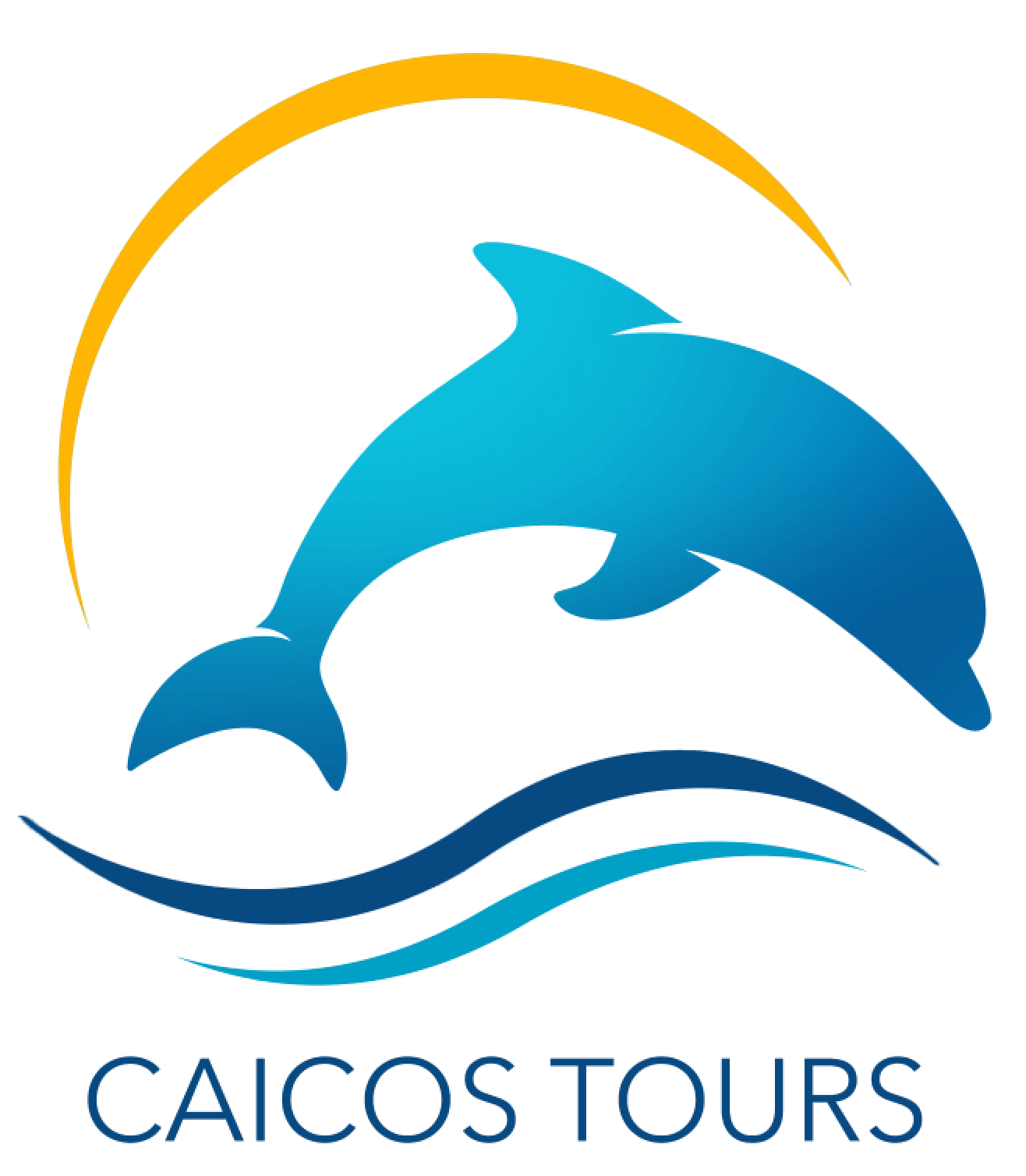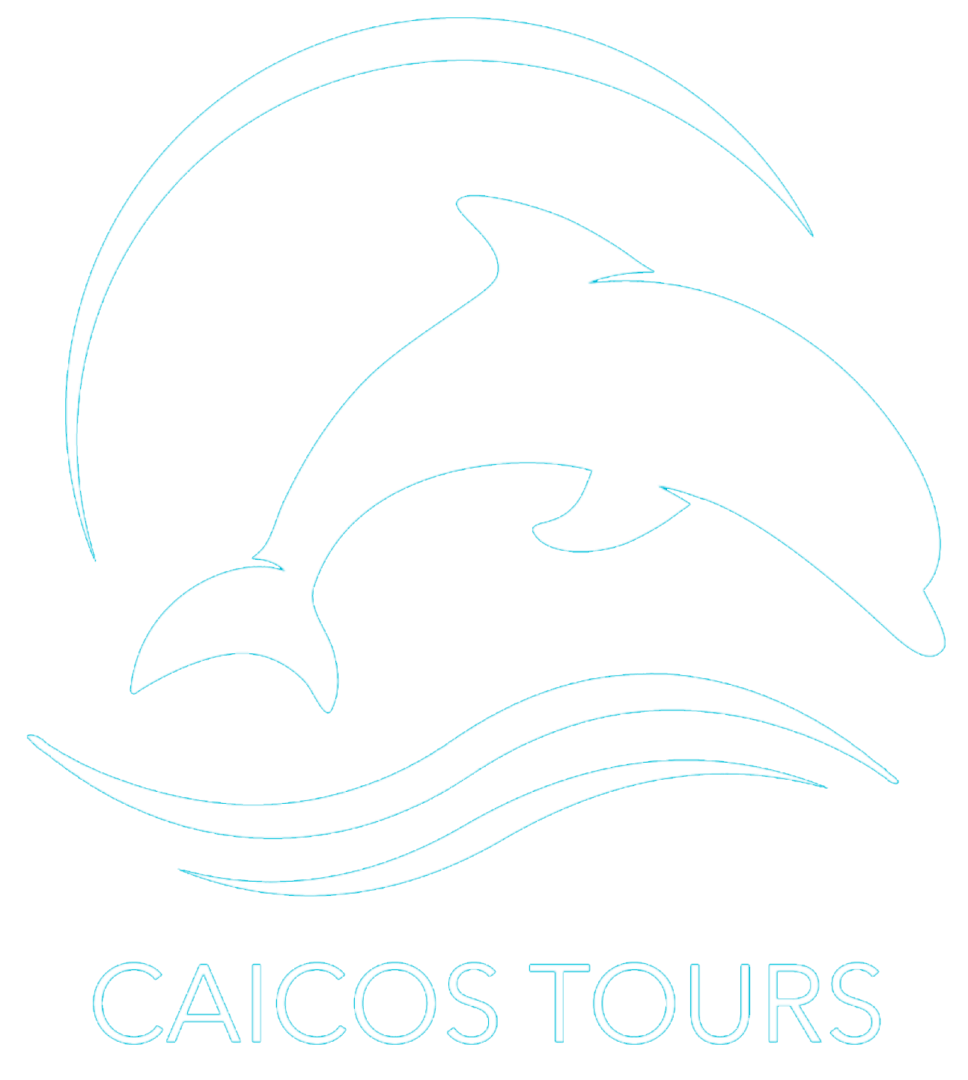When we think of the Turks and Caicos Islands, we often picture turquoise waters, powdery white beaches, and vibrant coral reefs. But beneath the surface lies a lesser-known ecosystem that plays a vital role in the health of our marine environment: seagrass meadows. This underwater grass is not just patches of green—they are ecological powerhouses that support biodiversity, protect coastlines, and sustain local marine livelihoods. The Undersea Explorer excursions are very exciting when passing over seagrass meadows to find our resident turtles hanging out in their favourite spots, or a sting ray feeding, sometimes we see a starfish moving over the grass. Caicos Tours has been operating for over 24 years in TCI and so have knowledge of these special locations. We work hard to help protect the seagrass meadows, turtles and marine life that live here. We at Caicos Tours love everything ocean and seagrass’ey.
What Is Seagrass?
Seagrass is a flowering plant that grows in shallow, salty waters. Unlike seaweed, which is an algae, seagrass has roots, stems, and leaves, and it reproduces. Seagrass spreads horizontally through rhizomes, which are underground stems. These rhizomes send out new shoots and roots, forming dense meadows. This method allows seagrass to expand locally and stabilize the seabed, making it the dominant form of reproduction. In the Turks and Caicos Islands, seagrass meadows are primarily found in protected bays, behind fringing reefs, especially along the east and north coastline of Gracebay and the southwestern shores of North Caicos.
Biodiversity Hotspots
Seagrass meadows are nurseries for marine life. Juvenile fish, crustaceans, and invertebrates find shelter among the blades of seagrass, safe from predators. In the Turks and Caicos, these meadows support species like queen conch, lobster, and various reef fish that are crucial to both the ecosystem and the local economy.
Notably, seagrass is a critical habitat for endangered green sea turtles. These gentle grazers feed on the seagrass, helping to maintain its health and balance. Without seagrass, these species would struggle to survive, and the ripple effects would be felt throughout the marine food web. The Undersea Explorer excursions are aware of the popular feeding grounds these mature and juvenile green sea turtles, it is a special sight on our Reef and Mermaid Adventures.
Coastal Protection
One of the most underrated benefits of seagrass is its ability to stabilize the seabed. The roots and rhizomes of seagrass bind sediment, reducing erosion and buffering the impact of waves and storms. In a region like Turks and Caicos, where hurricanes and tropical storms are a seasonal threat, seagrass meadows act as natural coastal defenses. This seagrass is neccessary for the islands protection from these storms. By trapping sediment and slowing water movement, seagrass also improves water clarity, which benefits nearby coral reefs. Clearer water allows more sunlight to reach corals, enhancing their growth and resilience. Caicos Tours often volunteers to help scout and document area’s that are under threat.
Climate Change Warriors
Seagrass meadows are among the most efficient carbon sinks on the planet. They capture and store carbon dioxide in their biomass and sediments, helping to mitigate climate change. In fact, seagrass can sequester carbon up to 35 times faster than tropical rainforests.
For island nations like Turks and Caicos, which are vulnerable to sea level rise and warming oceans, protecting seagrass is a proactive step toward climate resilience. These meadows not only store carbon but also reduce ocean acidification, creating a more stable environment for marine life. This is the reason anchoring is only permitted in certain areas around Providenciales, North Caicos and Grand Turk to not damage the seagrass.
Supporting Food Security
The connection between seagrass and food security is profound. Many of the fish and shellfish that inhabit seagrass meadows are staples in the local diet and economy. Queen conch, for example, is both a cultural delicacy and a major export product. Lobster fisheries also depend on healthy seagrass ecosystems for recruitment and growth.
By sustaining fisheries, seagrass meadows contribute to livelihoods, nutrition, and economic stability. Their decline would jeopardize not only biodiversity but also the well-being of communities that rely on the sea.
Scientific Research and Monitoring
Despite their importance, seagrass meadows in the Turks and Caicos Islands have historically been under-documented. However, initiatives like Seagrass-Watch and the Seagrass Ecosystems Research Group are working to change that. These organizations conduct field research, monitor seagrass health, and engage local communities in conservation efforts.
Citizen science programs have empowered residents to participate in data collection, fostering a sense of stewardship and awareness. The more we understand seagrass, the better equipped we are to protect it.
Threats to Seagrass
Unfortunately, seagrass meadows are facing numerous threats:
- Coastal Development: Construction and dredging disturb the seabed and increase sedimentation, smothering seagrass.
- Pollution: Runoff from land carries nutrients and contaminants that can lead to algal blooms, which block sunlight and degrade water quality.
- Destructive Fishing Practices: Anchoring, trawling, and conch harvesting can physically damage seagrass beds.
- Climate Change: Rising sea temperatures and ocean acidification stress seagrass ecosystems, making them more susceptible to disease and die-off.
In the Turks and Caicos, balancing tourism growth with environmental protection is a delicate challenge. Sustainable development must prioritize the preservation of seagrass habitats.
Conservation and Policy
Protecting seagrass requires coordinated action. Marine protected areas (MPAs) are one tool for safeguarding critical habitats. In Turks and Caicos, expanding MPAs to include seagrass meadows can help regulate fishing, prevent habitat destruction, and promote ecosystem recovery.
Environmental education is equally important. By raising awareness among locals and visitors, we can foster a culture of respect for the marine environment. Simple actions—like using mooring buoys instead of anchors or supporting eco-friendly tourism—can make a big difference.
A Vision for the Future
Imagine a future where seagrass meadows are thriving, fisheries are sustainable, and coastlines are resilient. This vision is within reach if we invest in science, policy, and community engagement. The Turks and Caicos Islands have an opportunity to become a global leader in seagrass conservation, showcasing how small island nations can protect their natural heritage.
Call to Action
Whether you’re a resident, a tourist, or a policymaker, you have a role to play:
- Support local conservation initiatives.
- Educate others about the value of seagrass.
- Advocate for sustainable coastal development.
- Participate in citizen science programs.
- Choose responsible seafood and tourism options.
Seagrass may be hidden beneath the waves, but its impact is felt far and wide. Let’s give this green treasure the recognition—and protection—it deserves.





